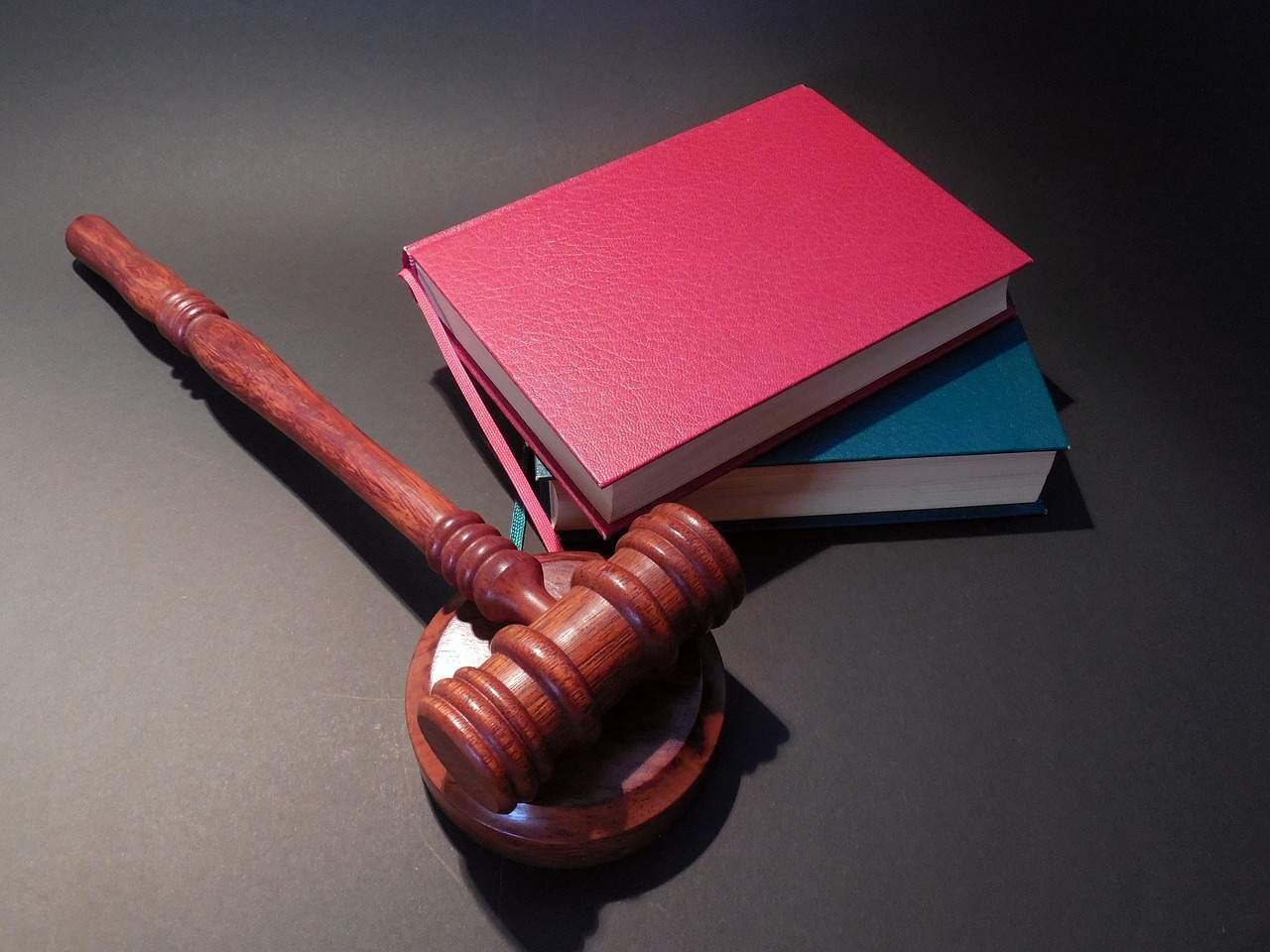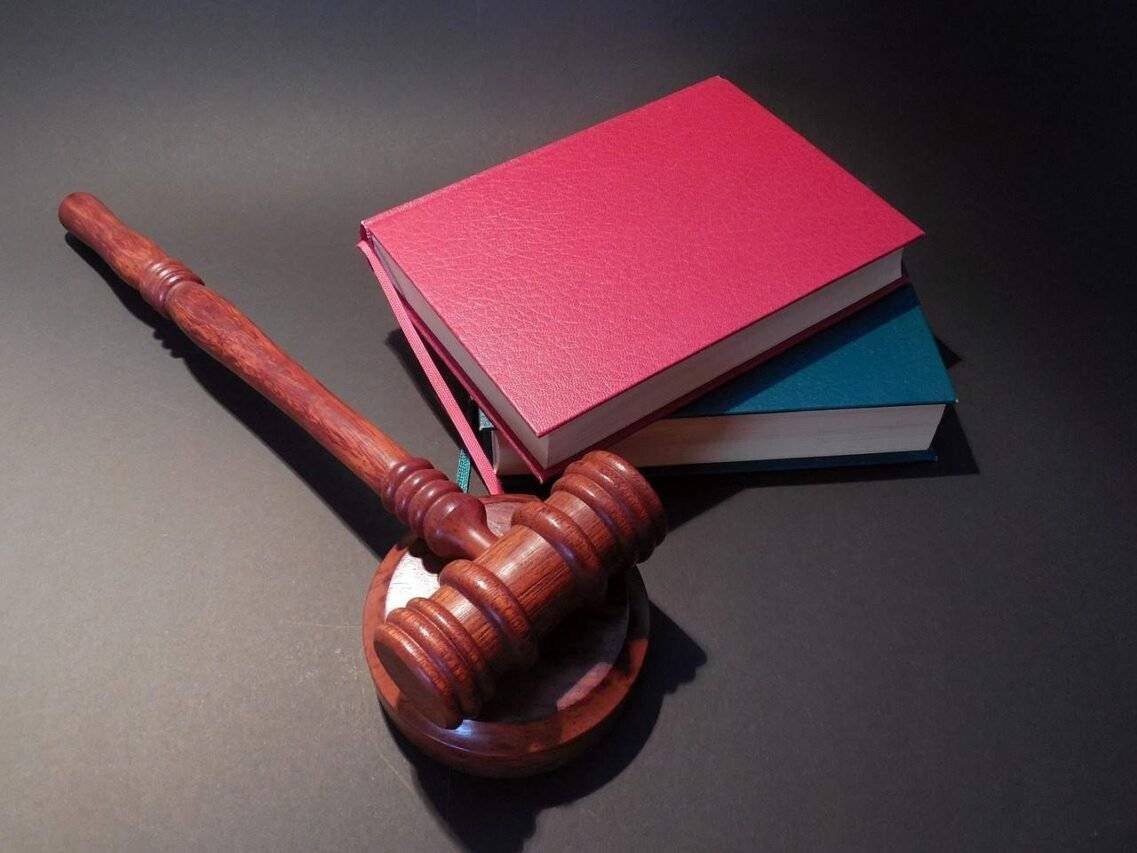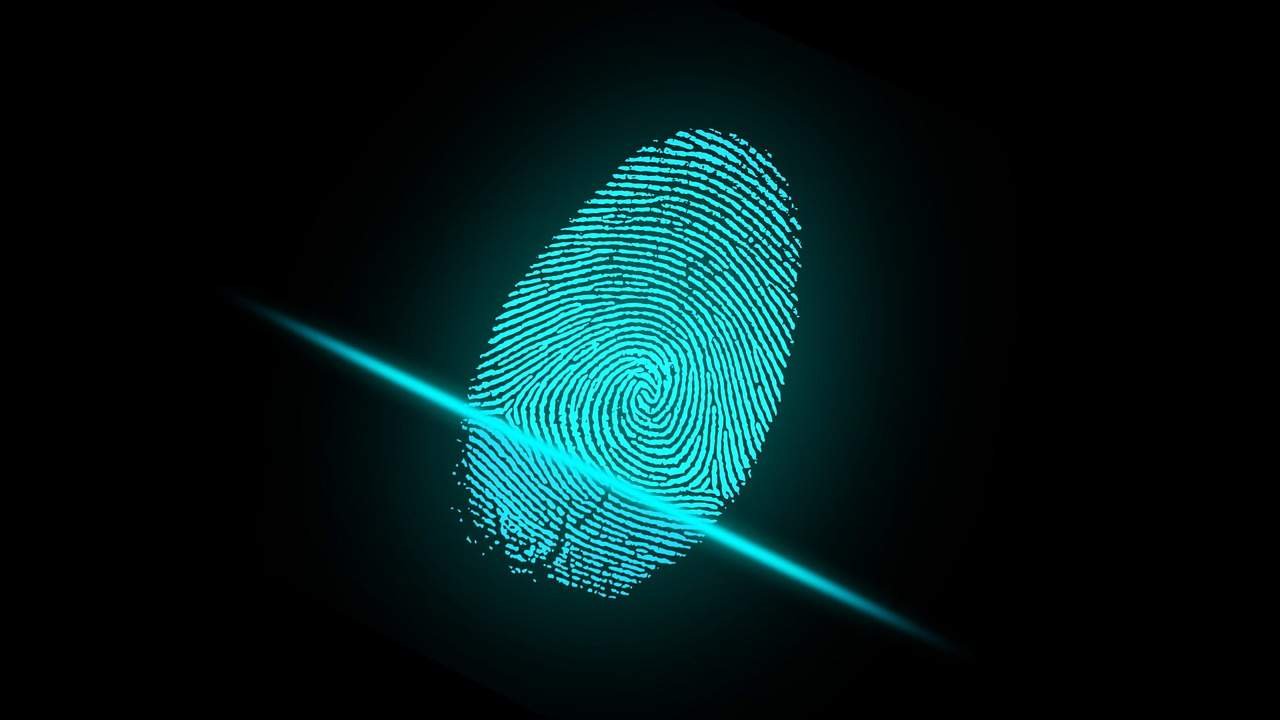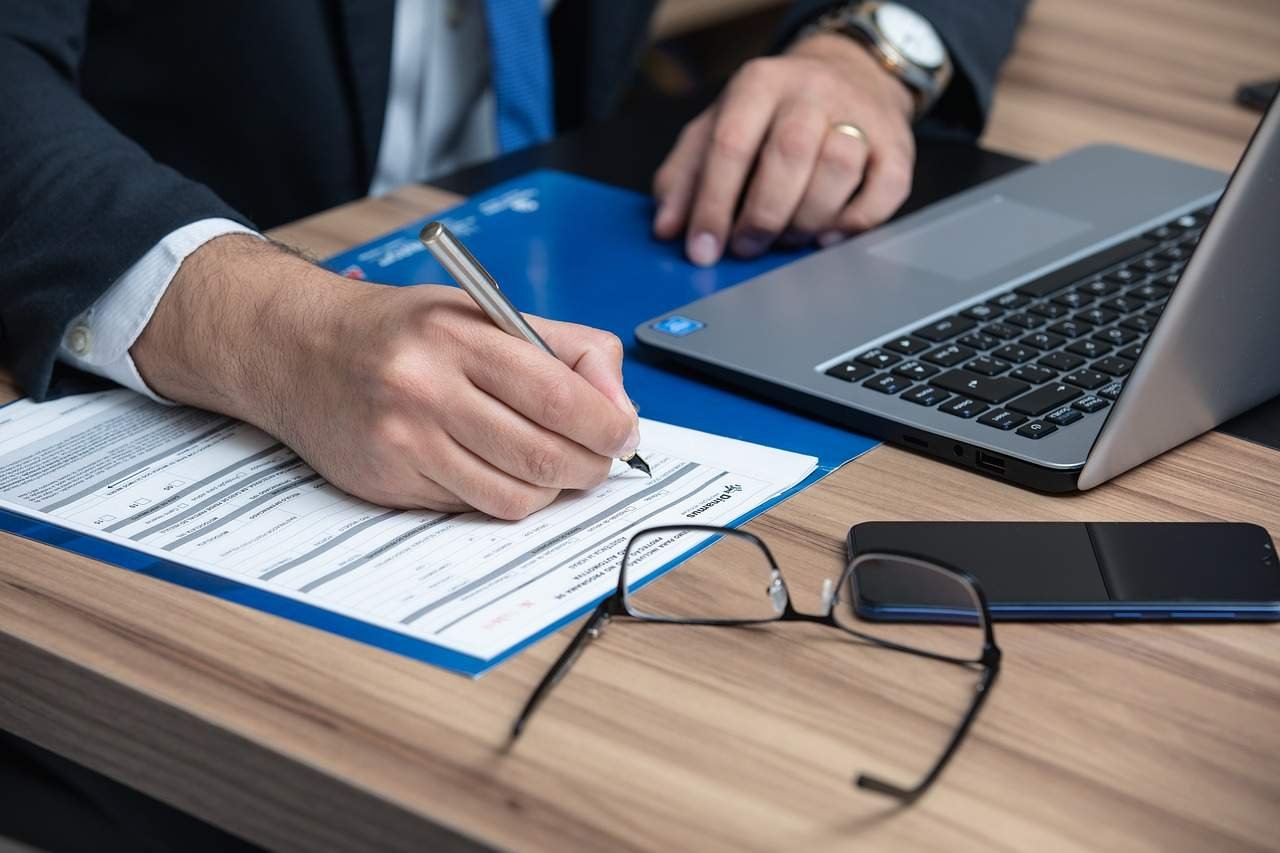Security Information and Event Management Systems (SIEMS) automate incident identification and resolution based on built-in business rules to help improve compliance and alert staff to critical intrusions. IT audits, standards, and regulatory requirements have now become an important part of most enterprises’ day-to-day responsibilities. As part of that burden, organizations are spending significant time and energy scrutinizing their security and event logs to track; which systems have existed accessed, by whom, what activity took place, and whether it was appropriate.
Here is the article to explain, Essay of the Security Information and Event Management Systems (SIEMS)!
Organizations are increasingly looking towards data-driven automation to help ease the burden. As a result, the SIEM has taken form and has provided focused solutions to the problem. The security information and event management systems market is driven by an extremely increasing need for customers to meet compliance requirements as well as the continued need for real-time awareness of external and internal threats. Customers need to analyze security event data in real-time (for threat management) and to analyze and report on log data and primarily this has made the security information and event management systems market more demanding. The market remains fragmented, with no dominant vendor.
This report entitled ‘Security Information and Event Management Systems (SIEMS) Solutions’ gives a clear view of the SIEM solutions and whether; they can help to improve intrusion detection and response. Following this introduction is the background section; which deeply analyzes the evolution of the SIEM, its architecture, its relationship with log management, and the need for SIEM products. In the analysis section, I have analyzed the SIEM functions in detail along with real-world examples. Finally, the conclusion section summarizes the paper.
What is the Meaning and Definition of SIEMS?
Security Information and Event Management Systems solutions are a combination of two different products namely, SIM (security information management) and SEM (security event management). SIEMS also like to know as Network Intrusion Detection Systems (NIDS); SIEM technology provides real-time analysis of security alerts generated by network hardware and applications. The objective of SIEM is to help companies respond to attacks faster and to organize mountains of log data. SIEM solutions come as software, appliances, or managed services. Increasingly, SIEM solutions stand existing used to log security data and generate reports for compliance purposes. Though Security Information Event Management and log management tools have been complementary for years, the technologies that exist expect to merge.
Evolution of SIEM:
SIEM emerged as companies found themselves spending a lot of money on intrusion detection/prevention systems (IDS/IPS). These systems helped detect external attacks, but because of the reliance on signature-based engines, a large number of false positives stood generated. The first-generation SIEM technology existed designed to reduce this signal-to-noise ratio and helped to capture the most critical external threats. Using rule-based correlation, SIEM helped IT detect real attacks by focusing on a subset of firewall and IDS/IPS events that violated policy.
Traditionally, SIEM solutions have been expensive and time-intensive to maintain and tweak, but they solve the big headache of sorting through excessive false alerts and they effectively protect companies from external threats. While that was a step in the right direction, the world got more complicated when new regulations such as the Sarbanes-Oxley Act and the Payment Card Industry Data Security Standard followed much stricter internal IT controls and assessment. To satisfy these requirements, organizations exist required to collect, analyze, report on, and archive all logs to monitor activities inside their IT infrastructures.
The idea is not only to detect external threats but also to provide periodic reports of user activities and create forensics reports surrounding a given incident. Though SIEM technologies collect logs, the process only a subset of data related to security breaches. They weren’t designed to handle the sheer volume of log data generated from all IT components; such as applications, switches, routers, databases, firewalls, operating systems, IDS/IPS, and Web proxies.
Other evolutions;
With an idea to monitor user activities rather than external threats, log management entered the market as a technology with architecture to handle much larger volumes of data and with the ability to extend to meet the demands of the largest enterprises. Companies implement log management and SIEM solutions to satisfy different business requirements, and they have also found out that the two technologies work well together. Log management tools exist designed to collect reports and archive a large volume and breadth of log data, whereas SIEM solutions stand designed to correlate a subset of log data to point out the most critical security events.
On looking at an enterprise IT arsenal, it is likely to see both log management and SIEM. Log management tools often assume the role of a log data warehouse that filters and forwards the necessary log data to SIEM solutions for correlation. This combination helps in optimizing the return on investment while also reducing the cost of implementing SIEM. In these tough economic times, it is likely to see IT trying to stretch its logging technologies to solve even more problems. It will expect its log management and SIEM technologies to work closer together and reduce overlapping functionalities.
Relation between SIEM and log management:
Like many things in the IT industry, there’s a lot of market positioning and buzz coming around regarding how the original term of SIM (Security Information Management), the subsequent marketing term SEM (Security Event Management), the newer combined term of SIEMS (Security Information and Event Management Systems) relate to the long-standing process of log management. The basics of log management are not new. Operating systems, devices, and applications all generate logs of some sort that contain system-specific events and notifications. The information in logs may vary in overall usefulness, but before one can derive much value
out of them, they first need to enable, then transported, and eventually stored. Therefore the way that one does gather this data from an often distributed range of systems; and get it into a centralized (or at least semi-centralized) location is the first challenge of log management that counts. There are varying techniques to accomplish centralization, ranging from standardizing on the Syslog mechanism; and then deploying centralized Syslog servers, to using commercial products to address the log data acquisition, transport, and storage issues.
Other issues;
Some of the other issues in log management include working around network bottlenecks, establishing reliable event transport (such as Syslog over UDP), setting requirements around encryption, and managing the raw data storage issues. So the first steps in this process are figuring out what type of log and event information is in need to gather, how to transport it, and where to store it. But that leads to another major consideration about what should one person want to do with all those data. It is at this point where the basic log management ends and the higher-level functions associated with SIEM begin.
SIEM products typically provide many of the features that remain essential for log management; but add event-reduction, alerting, and real-time analysis capabilities. They provide the layer of technology that allows one to say with confidence that not only are logs existing gathered but they are also living reviewed. SIEM also allows for the importation of data that isn’t necessarily event-driven (such as vulnerability scanning reports) and it knows as the “Information” portion of SIEM.
SIEM architecture:
Long-term log management and forensic queries need a database built for capacity, with file management and compression tools. Short-term threat analysis and correlation need real-time data, CPU, and RAM. The solution for this is as follows:
- Split the feeds into two concurrent engines.
- Optimize one for real-time and storage up to 30 days of data. (100-300GB)
- Optimize the second for log compression, retention, and query functions. (1TB+)
The block diagram showing the architecture of the SIEM is as follows:
A collector is a process that gathers data. Collectors exist produced in many shapes and sizes from agents that run on the monitored device, to centralized logging devices with pre-processors to split stream the data. These can be simple REGEX file parsing applications, or complex agents for OPSEC, LEA, Net/WMI, SDEE/RDEP, or ODBC/SQL queries. Not all security devices are kind enough to forward data, and multiple input methods, including active pull capabilities, are very essential. Also, since SYSLOG data do not encrypt, it may need a collector to provide encrypted transport.
Analysis engine;
A threat analysis engine will need to run in real-time, continuously processing and correlating events of interest passed to it by the collector, and reporting to a console or presentation layer application about the threats found. Typically reporting events that have happened for 30 days is sufficient for operational considerations. A log manager will need to store a great deal of data, and may take either raw logs or filtered events of interest, and need to compress store, and index the data for long-term forensic analysis and compliance reporting. Capacity for 18 months or more of data is likely to require.
Year-end closing of books and the arrival of the auditors often necessitate the need for 12 months of historic data plus padding of several months while books exist finalized and an audit to complete. At the presentation layer, a console will present the events to the security staff and managers. This is the primary interface to the system for day-to-day operations, and should efficiently prioritize and present the events with a full history and correlation rationale.
SIEM functions:
With some subtle differences, there are four major functions of SIEM solutions. They are as follows:
- Log Consolidation; centralized logging to a server
- Threat Correlation; the artificial intelligence used to sort through multiple logs and log entries to identify attackers
- Incident Management; workflow – What happens once a threat identified? (link from identification to containment and eradication). Notification – email, pagers, informs to enterprise managers (MOM, HP Openview…). Trouble Ticket Creation, Automated responses – execution of scripts (instrumentation), Response and Remediation logging
- Reporting; Operational Efficiency/Effectiveness, Compliance / SOX, HIPPA, FISMA, and Ad Hoc / Forensic Investigations.
Coming to the business case for SIEM, all engineers exist perpetually drawn to new technology; but, purchasing decisions should by necessity based on need and practicality. Even though the functions provided by SIEM are impressive they must choose only if they fit an enterprise’s needs.
Why use a SIEM?
There are two branches on the SIEM tree namely, operational efficiency and effectiveness, and log management/compliance. Both are achievable with a good SIEM tool. However since there is a large body of work on log management, and compliance has multiple branches; this coursework will focus only on using a SIEM tool effectively to point out the real attackers; and, the worst threats to improve security operations efficiency and effectiveness.
It can believe that the most compelling reason for a SIEM tool from an operational perspective is to reduce the number of security events on any given day to a manageable, actionable list, and to automate analysis such that real attacks and intruders can discern. As a whole, the number of IT professionals, and security-focused individuals at any given company has decreased relative to the complexity and capabilities demanded by an increasingly inter-networked web.
While one solution may have dozens of highly skilled security engineers on staff pouring through individual event logs to identify threats, SIEM attempts to automate that process and can achieve a legitimate reduction of 99.9+% of security event data while it increases the effective detection over traditional human-driven monitoring. This is why SIEM prefer by most companies.
Reasons to use a SIEM:
Knowing the need for a SIEM tool in an organization is very important. A defense-in-depth strategy (industry best practice) utilizes multiple devices: Firewalls, IDS, AV, AAA, VPN, User Events – LDAP/NDS/NIS/X.500, Operating System Logs… which can easily generate hundreds of thousands of events per day, in some cases, even millions.
No matter how good a security engineer is, about 1,000 events per day is a practical maximum that a security engineer is about to deal with. So if the security team is to remain small they will need to equip with a good SIEM tool. No matter how good an individual device is; if not monitored and correlated, each device can bypass individually, and the total security capabilities of a system will not exceed its weakest link.
When monitored as a whole, with cross-device correlation, each device will signal an alert as it stands attacked raising awareness and threat indications at each point allowing for additional defenses to exist brought into play, and incident response proportional to the total threat. Even some of the small and medium businesses with just a few devices are seeing over 100,000 events per day. This has become usual in most of the companies says the internet.
Real-world examples:
Below are event and threat alert numbers from two different sites currently running with 99.xx% correlation efficiency on over 100,000 events per day, among which one industry expert referred to as “amateur” level, stating that 99.99 or 99.999+% efficiency on well over 1,000,000 events per day is more common.
- Manufacturing Company Central USA – 24-hour average, un-tuned SIEM day of deployment
- Alarms Generated 3722
- Correlation
- Efficiency 99.06%
- Critical / Major
- Level Alerts 170
- Effective Efficiency 99.96%
In this case, using a SIEM allows the company’s security team (2 people in an IT staff of 5), to respond to 170 critical and major alerts per day (likely to decrease as the worst offenders exist firewalled out, and the worst offenses dealt with), rather than nearly 400,000.
- Financial Services Organization – 94,600 events – 153 actionable alerts – 99.83% reduction.
- The company above deals with a very large volume of financial transactions, and a missed threat can mean real monetary losses.
Concerning the Business Case, a good SIEM tool can provide the analytics, and the knowledge of a good security engineer can automate and repeat against a mountain of events from a range of devices. Instead of 1,000 events per day, an engineer with a SIEM tool can handle 100,000 events per day (or more). And a SIEM does not leave at night, find another job, take a break or take vacations. It will be working always.
SIEM Selection Criteria:
The first thing one should look at is the goal. (i.e.) what should the SIEM do for them. If you just need log management then make the vendor can import data from ALL of the available log sources. Not all events exist sent via SYSLOG. Some may exist sent through:
- Checkpoint – LEA
- Cisco IDS – RDEP/SDEE encryption
- Vulnerability Scanner Databases – Nessus, Eye, ISS…
- AS/400 & Mainframes – flat files
- Databases – ODBC/SQL queries
- Microsoft .Net/WMI
Consider a product that has a defined data collection process that can pull data (queries, retrieve files, WMI API calls…), as well as accept input sent to it. And it is essential to be aware that logs, standards, and formats change, several (but not all), vendors can adapt by parsing files with REGEX and importing if one can get them a file. However, log management itself is not usually an end goal. It matters about for what purpose these logs are used. They may be used for threat identification, compliance reporting, or forensics. It is also essential to know whether the data captured is in real-time. If threat identification is the primary goal, 99+% correlation/consolidation/aggregation is easily achievable, and when properly tuned, 99.99+% efficiency is within reach (1-10 actionable threat alerts / 100,000 events).
Reporting;
If compliance reporting is the primary goal, then consider what regulations one is subject to. Frequently a company is subject to multiple compliance requirements. Consider a Fortune 500 company like General Electrics. As a publicly-traded company, GE is subject to SOX, as a vendor of medical equipment and software; they are subject to HIPPA, as a vendor to the Department of Defense, they are subject to FISMA. GE must produce compliance reports for at least one corporate division for nearly every regulation.
Two brief notes on compliance, and one should look at architecture: Beware of vendors with canned reports. While they may be very appealing, and sound like a solution, valid compliance and auditing is about matching output to one’s stated policies, and must be customized to match each company’s published policies. Any SIEM that can collect all of the required data, meet ISO 177999, and provide timely monitoring can be used to aid in compliance. Compliance is a complex issue with many management, and financial process requirements; it is not just a function or report IT can provide.
Advanced SIEM Topics:
Risk-Based Correlation / Risk Profiling; Correlation based on risk can dramatically reduce the number of rules required for effective threat identification. The threat and target profiles do most of the work. If the attacks are risk profiled, three relatively simple correlation rules can identify 99%+ of the attacks. They are as follows:
- IP Attacker – repeat offenders
- IP Target – repeat targets
- Vulnerability Scan + IDS Signature match – Single Packet of Doom
Risk-Based Threat Identification is one of the more effective and interesting correlation methods, but has several requirements:
- A Metabase of Signatures – Cisco calls the attack X, ISS calls it Y, Snort calls it Z – Cross-Reference the data
- Requires automated method to keep up to date.
- Threats must be compiled and threat weightings applied to each signature/event.
- Reconnaissance events are low weighting – but aggregate and report on the persistent (low and slow) attacker
- Finger Printing – a bit more specific, a bit higher weighting
- Failed User Login events – a medium weighting, could be an unauthorized attempt to access a resource or a forgotten password.
Buffer Overflows, Worms, and Viruses -high weighting -potentially destructive; events one needs to respond to unless one has already patched/protected the system.
- The ability to learn or adjust to one’s network Input or auto-discover; which systems, are business-critical vs. which are peripherals, desktops, and non-essential
- Risk Profiling: Proper application of trust weightings to reporting devices (NIST 800-42 best practice); can also help to lower “cry wolf” issues with current security management
Next-generation SIEM and log management:
One area where the tools can provide the most needed help is compliance. Corporations increasingly face the challenge of staying accountable to customers, employees, and shareholders, and that means protecting IT infrastructure, customer and corporate data, and complying with rules and regulations as defined by the government and industry. Regulatory compliance is here to stay, and under the Obama administration, corporate accountability requirements are likely to grow.
Log management and SIEM correlation technologies can work together to provide more comprehensive views to help companies satisfy their regulatory compliance requirements, make their IT and business processes more efficient, and reduce management and technology costs in the process. IT organizations also will expect log management and intelligence technologies to provide more value to business activity monitoring and business intelligence. Though SIEM will continue to capture security-related data, its correlation engine can be re-appropriated to correlate business processes and monitor internal events related to performance, uptime, capability utilization, and service-level management.
We will see the combined solutions provide deeper insight into not just IT operations but also business processes. For example, we can monitor business processes from step A to Z; and, if a step gets missed we’ll see where and when. In short, by integrating SIEM and log management; it is easy to see how companies can save by de-duplicating efforts and functionality. The functions of collecting, archiving, indexing, and correlating log data can be collapsed. That will also lead to savings in the resources required and in the maintenance of the tools.
CONCLUSION:
SIEMS (security information and event management systems) is a complex technology, and the market segment remains in flux. SIEM solutions require a high level of technical expertise and SIEM vendors require extensive partner training and certification. SIEM gets more exciting when one can apply log-based activity data and security-event-inspired correlation to other business problems. Regulatory compliance, business activity monitoring, and business intelligence are just the tip of the iceberg. Leading-edge customers are already using the tools to increase visibility; and the security of composite Web 2.0 applications, cloud-based services, and mobile devices. The key is to start with a central record of user and system activity; and, build an open architecture that lets different business users access the information to solve different business problems. So there is no doubt in SIEM solutions help the intrusion detection and response to improve.















